The small and beautiful state of Sikkim has remarkable art, craft and vibrant traditions. The various art forms have been deeply influenced by the places of workship, festivals and eight lucky signs of Buddhism.
Religion as an extremely significant system of belief or faith has always been instrumental in maintaining and sustaining a strong blend of communal harmony and tranquility in the Sikkim situation. The state’s magnificent places of worship, even those situated in far flung and remote corners, reverberate with unusual spiritual energy. Apart from keeping the people of three main communities (Lepcha, Bhutia and Nepali) together, these also have their own unique influence on art and craft forms and practices.
The architecture and façade of most of the places of worship, therefore, hold a rather magnetic appeal for visitors and tourists. One can also see exquisite workmanship, intricate carving, uncommon colour combinations and painting in them. Needless to say, most of the religious institutions abound in colour and festivity
The monasteries or the Gumpas hold an extremely significant position in the life of a follower of the Buddhist religion. ‘Gumpa’, literally means, a solitary place. It is believed that isolation from the world is needed, not as an art of self punishment but to escape worldly temptations and weaknesses. A monastery is built in such a way that it should look out towards the east direction to catch the first rays of the rising sun. Sikkim, due to its unique heritage is a land of very old and deep-rooted handicraft and handloom traditions. The art and craft forms which have emerged from, or are linked to the monasteries, are Thanka paintings, mask-making, wood carving, metal craft, etc.
The thankas are the religious scrolls found hanging in the monasteries or in Buddhist houses. Considered very Sacred and auspicious, these are supposed to drive away evil spirits. Primarily, life stories or sketches of gods and goddesses in different forms are shown in them. They may depict Lord Buddha, Goddess Dolma, God Manjushree, Goddess Saraswati, the Goddess of learning, the Goddess Tara, an embodiment of compassion, Guru Padmasambhava, God Chana Dorji or for that matter, any Tibetan Saint, the Wheel of Life or some other deity, surrounded by deities of lesser significance. With the passage of time, a sort of secular touch has been witnessed in these unique painting. No wonder, nowadays, they also show Hindu gods and goddesses, such as Lord Ganesh, Goddess,Saraswati, Lord Balaji, Lord Venkateshwara, etc.
The Wheel of life, one of the purest Buddhist emblems, is prominently found on the Thankas. The circular form of this Wheel signifies wordly existence and the hub of the wheel as a cock, a snake and a pig. The cock shows lust or desire, the snake, anger, and
the pig signifies ignorance, as also stupidity. Placed in the centre of the wheel, these are supposed to be the root causes of the disturbances on earth. While the white portion on the wheel signifies good deeds of human beings, the black portion represents bad or evil deeds. In the same way, individuals shown in the white portion are those who perform good deeds in life and are, therefore, eligible for a rebirth in the world of gods. On the other hand, human beings figuring in the black portion indicate hell or the world of animals.
The Thankas are made, or painted by religious artisans, popularly known as Lharipas. In view of the fact that these are made by referring to religious texts, it is necessary for the artist to know the Tibetan language. These are not mere objects or pieces of decoration for the artist, but a powerful aid to the Tantric meditation. Stone colours and vegetable dyes are used in plenty while making such scroll paintings. Two primary colours namely, red yellow, highlight the difference between fire and life, between the material and the immaterial. The orange colour symbolizes the knowledge of the highest form of spirituality. Blue suggests depth, purity and infinity, while green is supposed to represent the vegetable aspects.
The value of a Thanka depends on the intricacy of its drawing, the quantum of gold dust prevalent in the painting material and the amount of gold thread used in the tapestry.
On an average, a Thanka takes about a month or two to make, though the larger and more detailed Thankas may take a longer time. Consequently, these are somewhat expensive paintings but at the same time, worth keeping and worth presenting to dignitaries or one’s near or dear ones. In addition to occupying a place of importance or prominence in a monastery or a home, these age-old attractive paintings are also required during special occasions, such as, birth, death, marriage, house-warming, etc. When a Buddhist expires, as a part of ritual on the forty-ninth day, a Thanka depicting a particular god or goddess is worshipped. The selection of such a Thanka is decided upon the perusal of the horoscope of the deceased person.
The wealth possessed by a particular individual or a monastery is reflected in terms of the icons and Thankas possessed by them. For instance, the important monasteries of Sikkim, such as, Dubdi, Pemayangtse, Tashiding, Ralong, Rumtek, Enchey and Pal Zurmang have huge and priceless Thankas.
It is a matter of concern that the art of Thanka painting is witnessing a diminishing trend on account of various factors, such as, lack of interest in the younger generation of artisan families, rapid urbanization and rising materialism as well as the declining patronage of artists by art lovers and the monasteries, To date, barely 25 Thanka painters are active in the state. Only four or five of them have been successful in getting National, State or other Awards, while a majority of them live in isolation. A few like Gyanden Lharipa, Khandu Wangchuk, Nima Tshering and Pema Wangyal are in a position to not only leave an impact but also to sell their products well. Thanks to the telecommunication revolution in this part of the country, they can avail of cell phones and the much needed access to the internet. In addition to making his own products, Pema Wangyal has been teaching 20-25 students of Loyala University, California, USA, twice a year. Such an exercise initiated in 2005, has transformed 60 foreign students into Thanka painters. To sum up in the words of Pema Wangyal, winner of the Kala Mani Award (Suraj Kund Mela-2002), “the ancient art of Thanka painting badly needs financial and marketing support from the government and financial institutions, failing which, the art may be swept away be rapidly changing technological innovations.”
Monday, March 23, 2009
Subscribe to:
Post Comments (Atom)


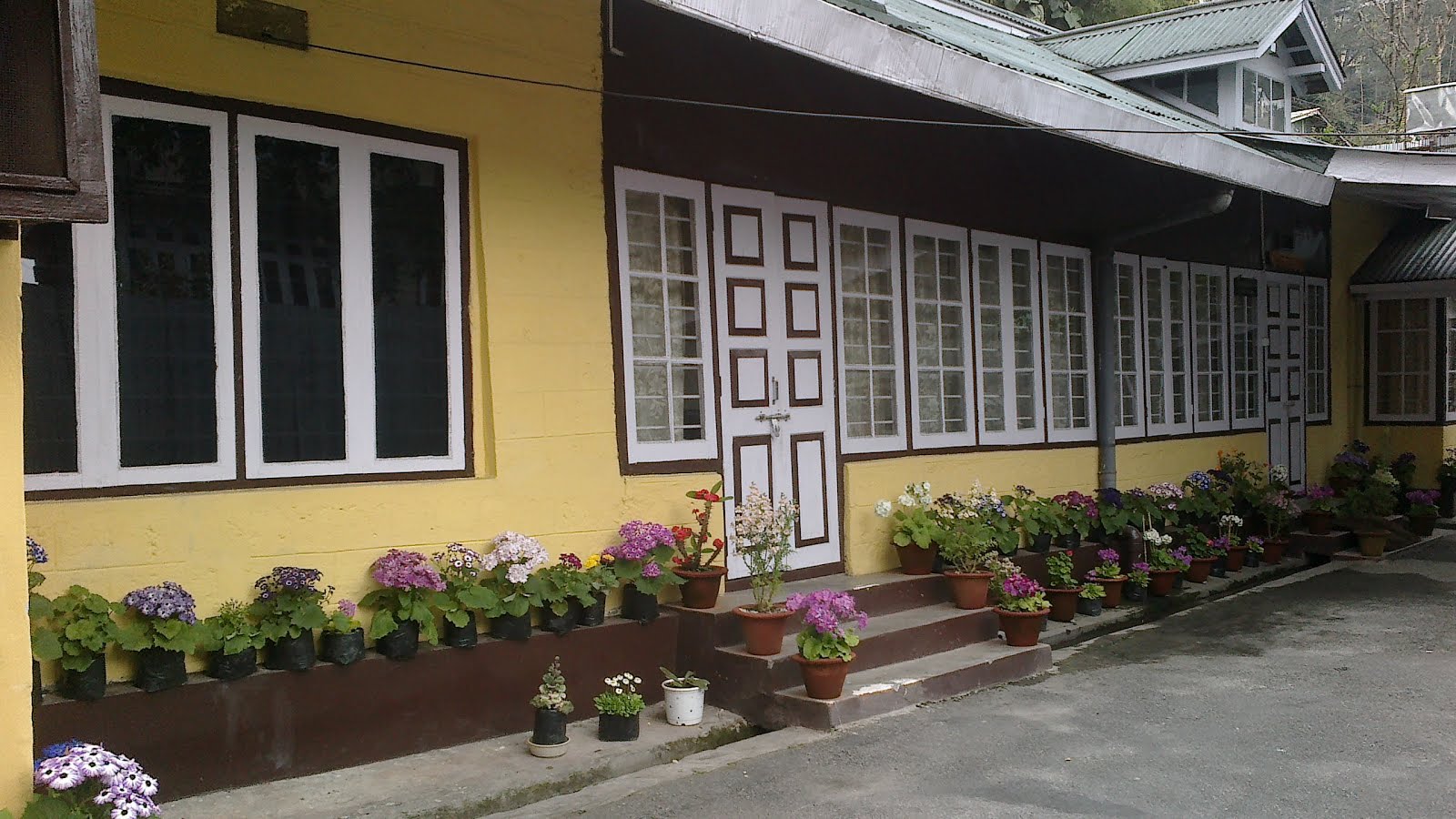







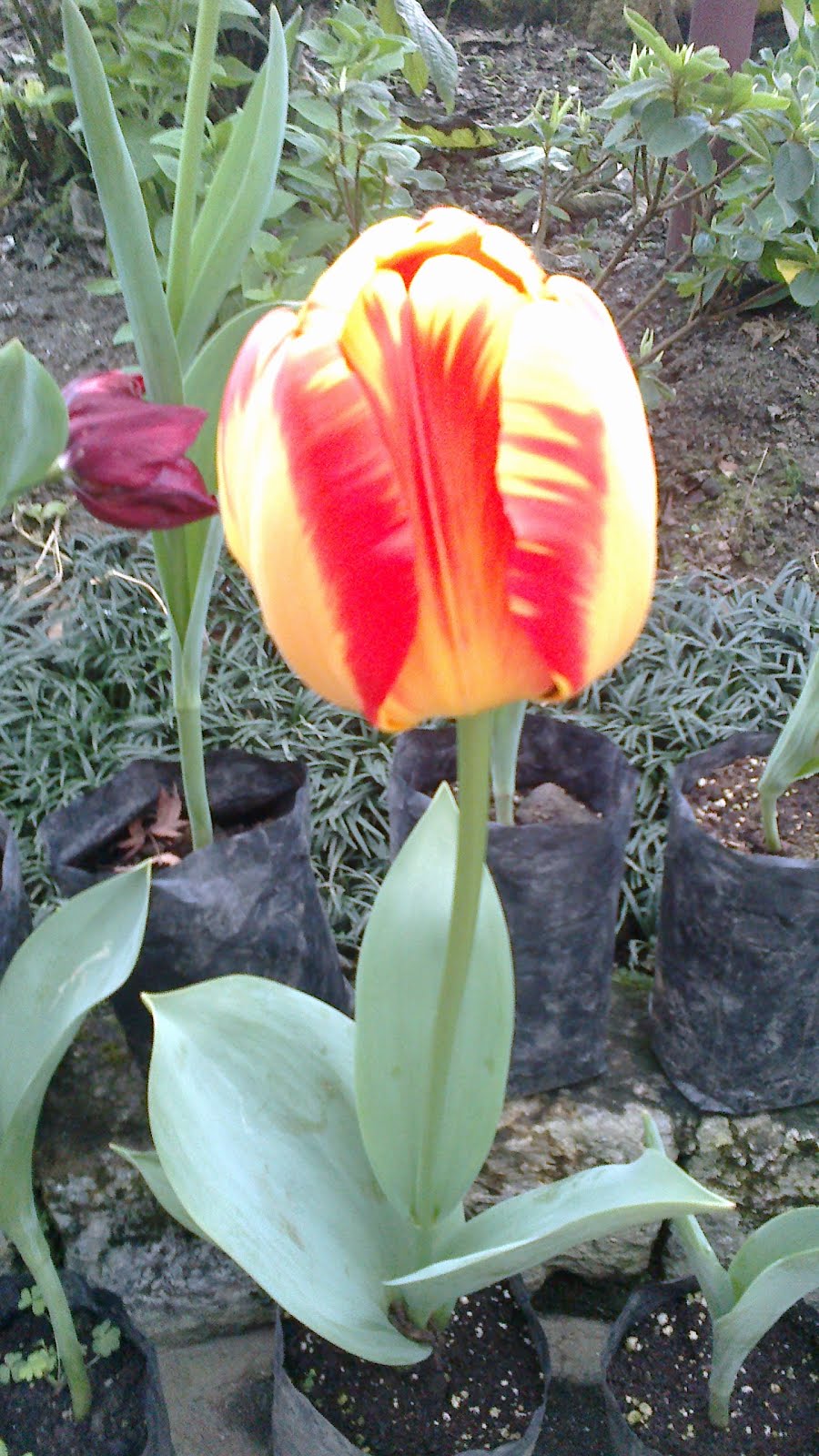
















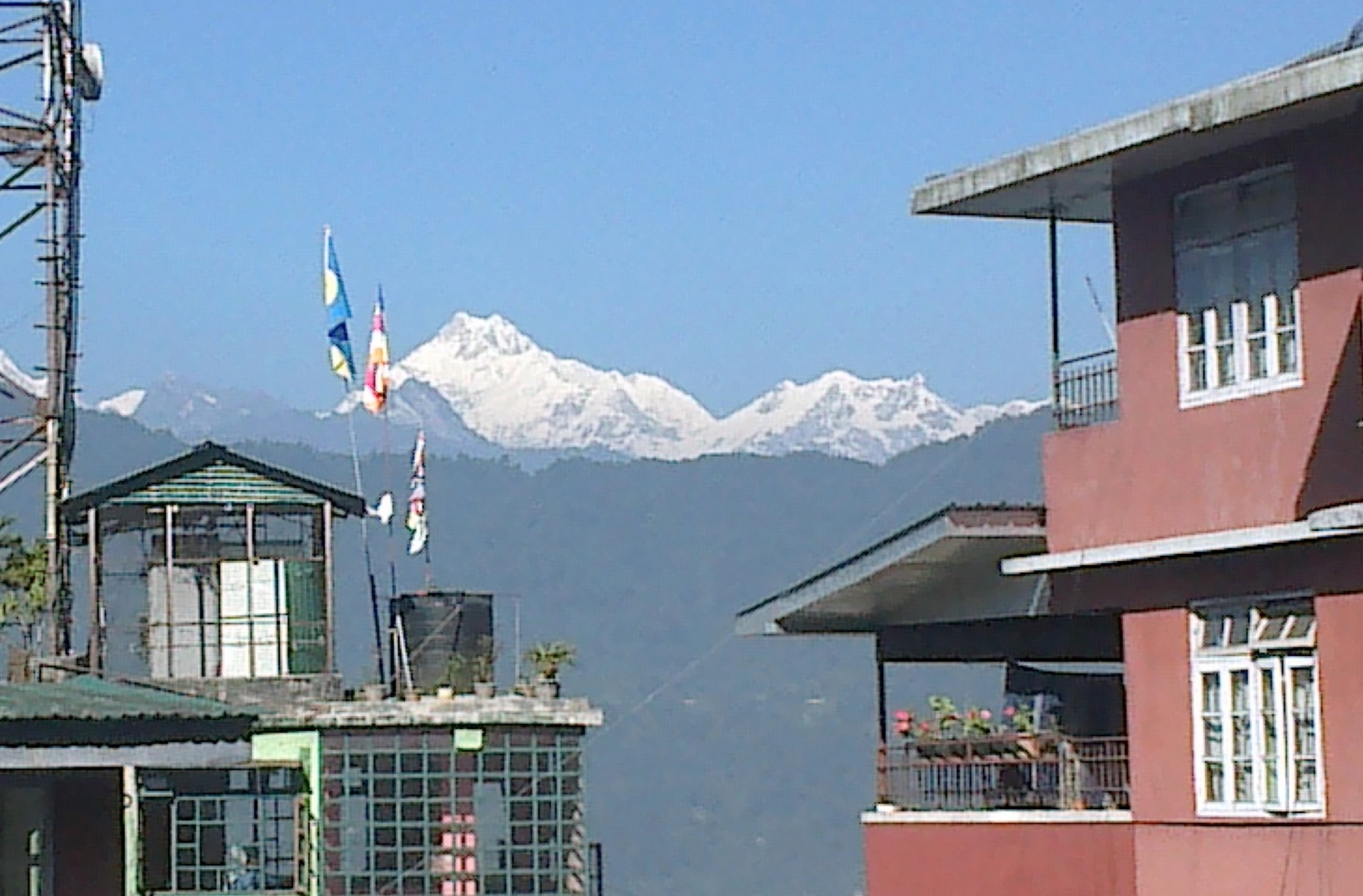


























































































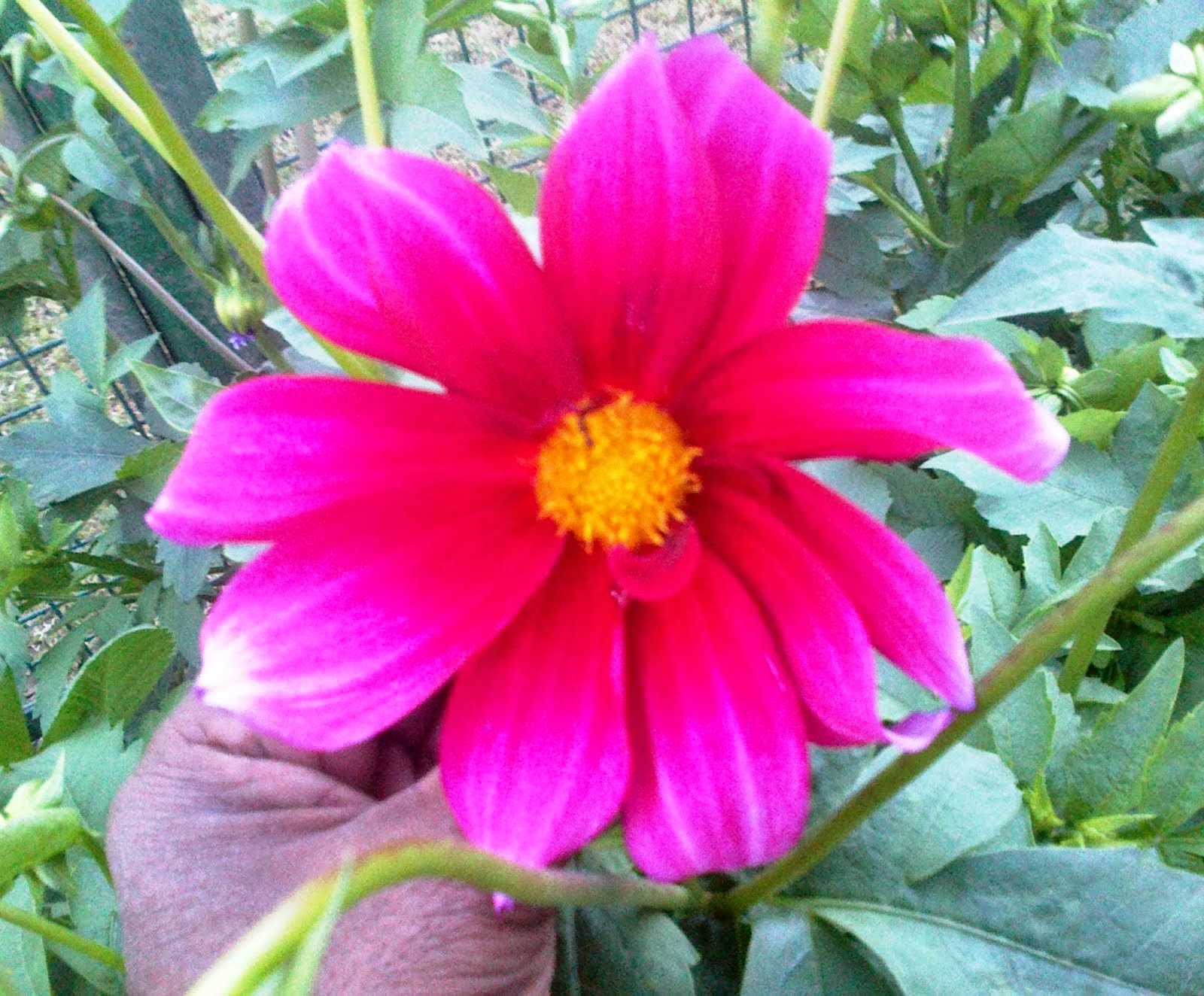



















































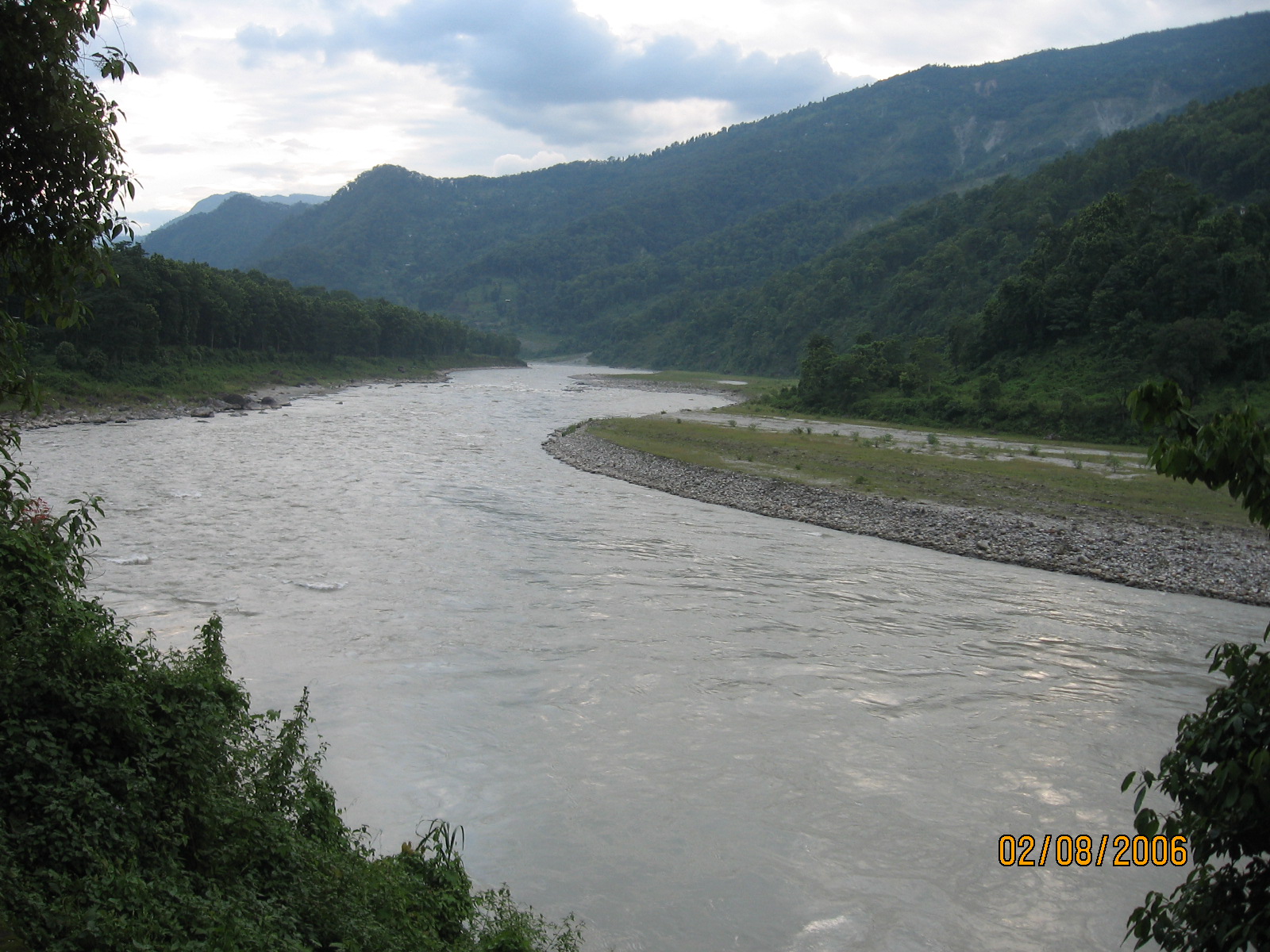

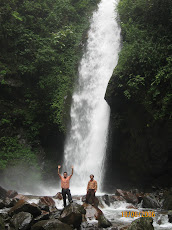
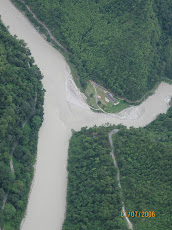
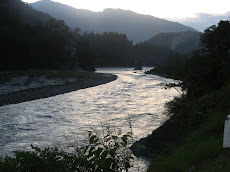
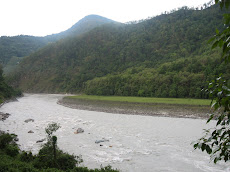
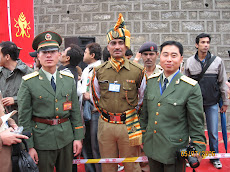
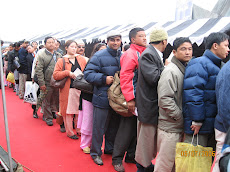
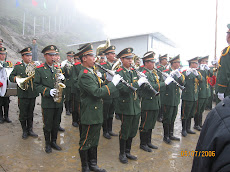


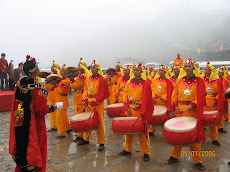
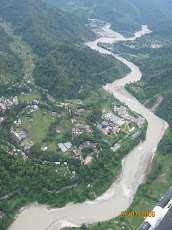




















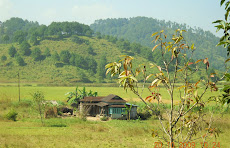
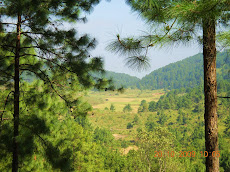








.jpg)







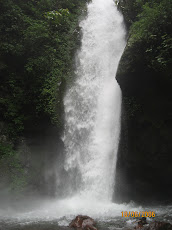
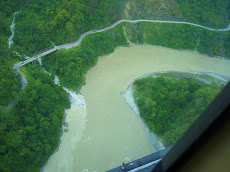


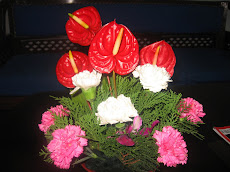






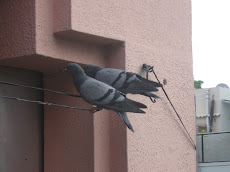
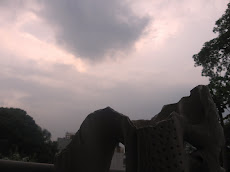

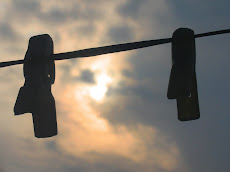
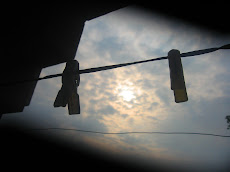

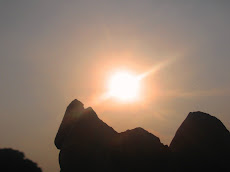
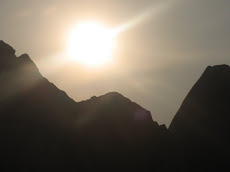
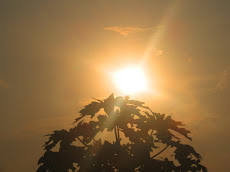




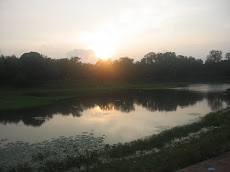
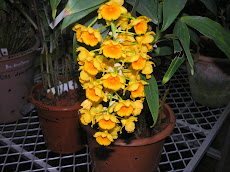
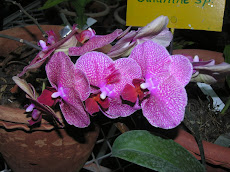

























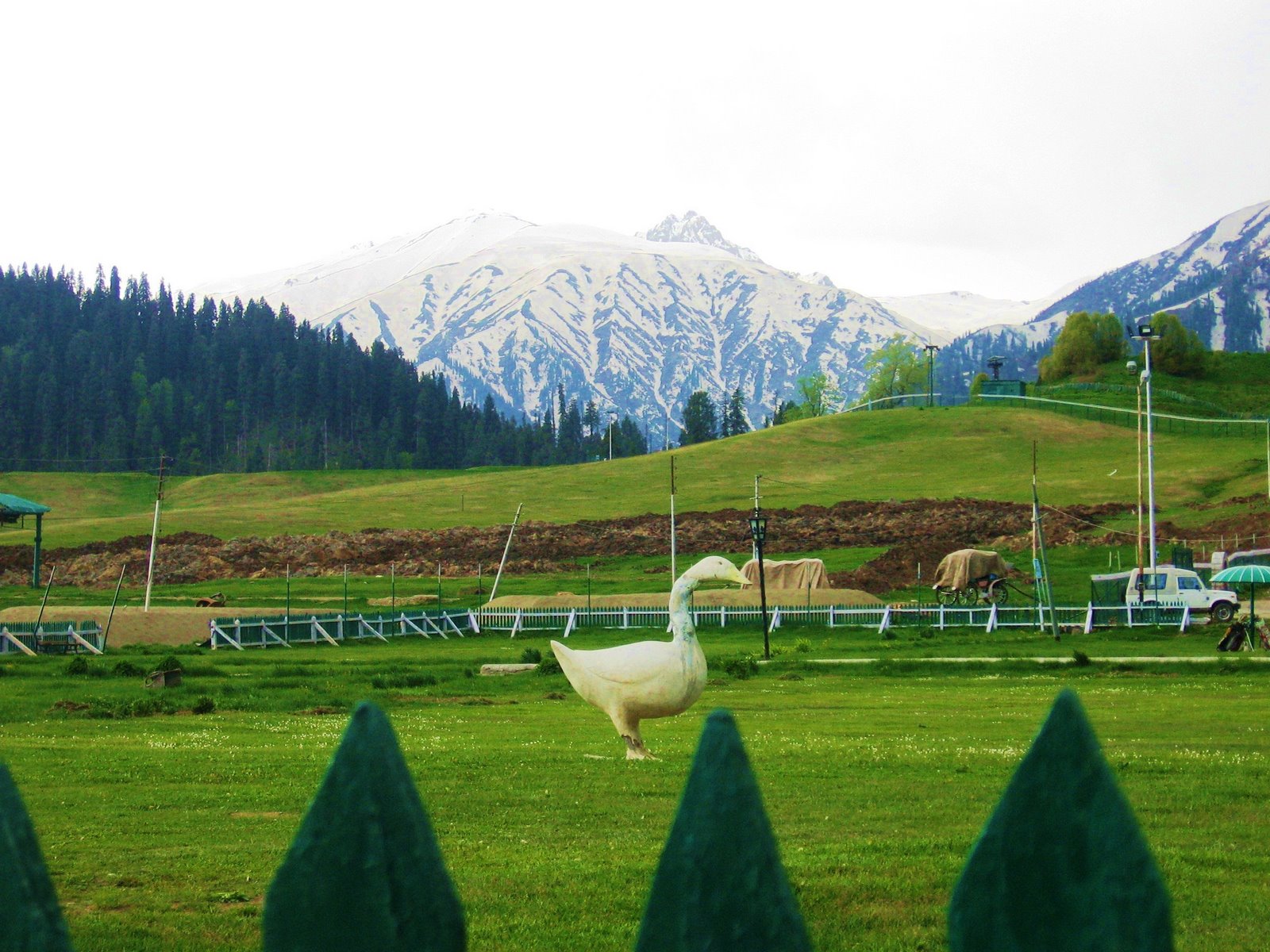
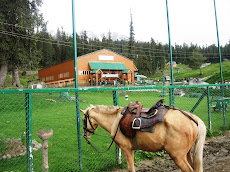
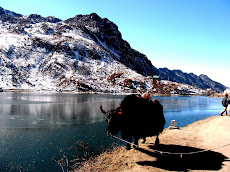






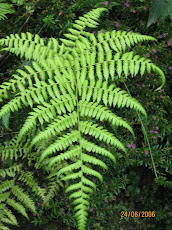

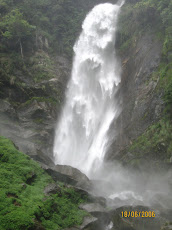



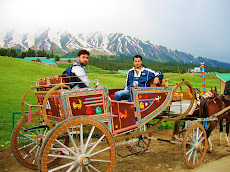






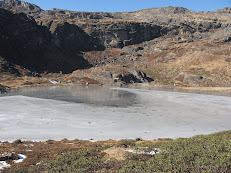

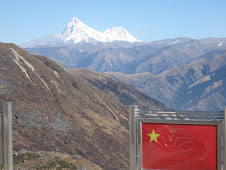



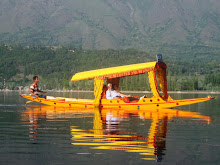
No comments:
Post a Comment